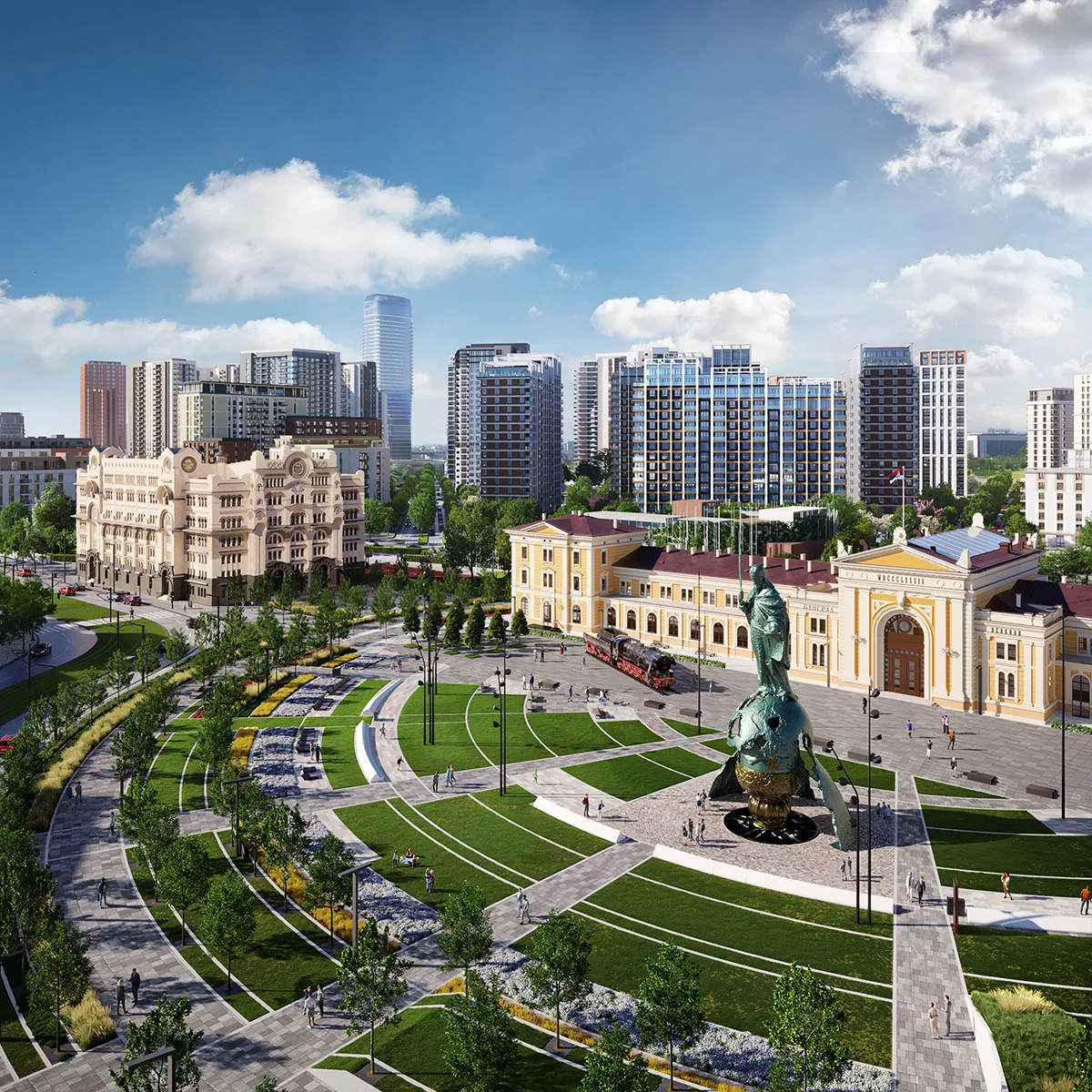The architectural heritage of the capital shines once again with its old glory
Located in a place where for centuries not only the Sava and the Danube meet but also turbulent historical winds with modernist currents, Belgrade has always attracted the world’s attention with its authentic charm and rich architectural heritage, which was particularly noticeable in its riverside area, in Savamala.
Only when the construction of Belgrade Waterfront began, the grandiose construction gems that had long been left to fate and neglect start to shine again. By building the most modern neighborhood in Serbia on the right bank of the Sava, Belgrade Waterfront meticulously revitalizes the architectural treasures of the Serbian capital, restoring their former glory that once made them recognizable across all meridians.
Belgrade Cooperative
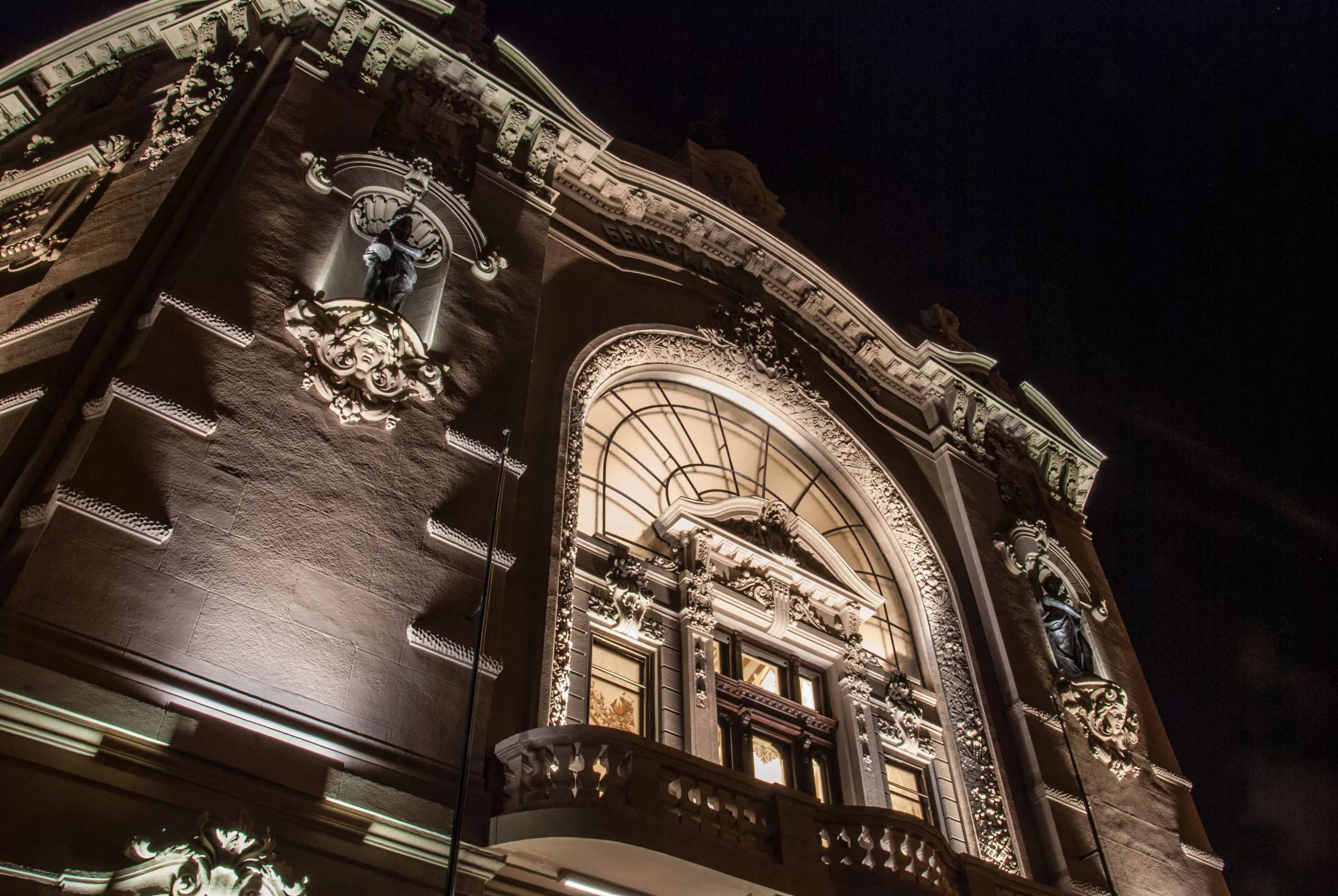
The first restored cultural monument in Savamala is the magnificent palace of the Belgrade Cooperative, built-in 1907 according to the ideas of architects Andra Stevanovic and Nikola Nestorovic. Once a beautiful and charming lady, over the years it has become a grey and dilapidated building with a roof heavily that has begun to corrode, until in 2014, after carefully executed works, it once again revealed its true, long-hidden face to Belgrade. This anthological piece of Serbian architecture and herald of Belgrade’s transformation into a modern European metropolis today represents the pride of the capital.
Hotel „Bristol“
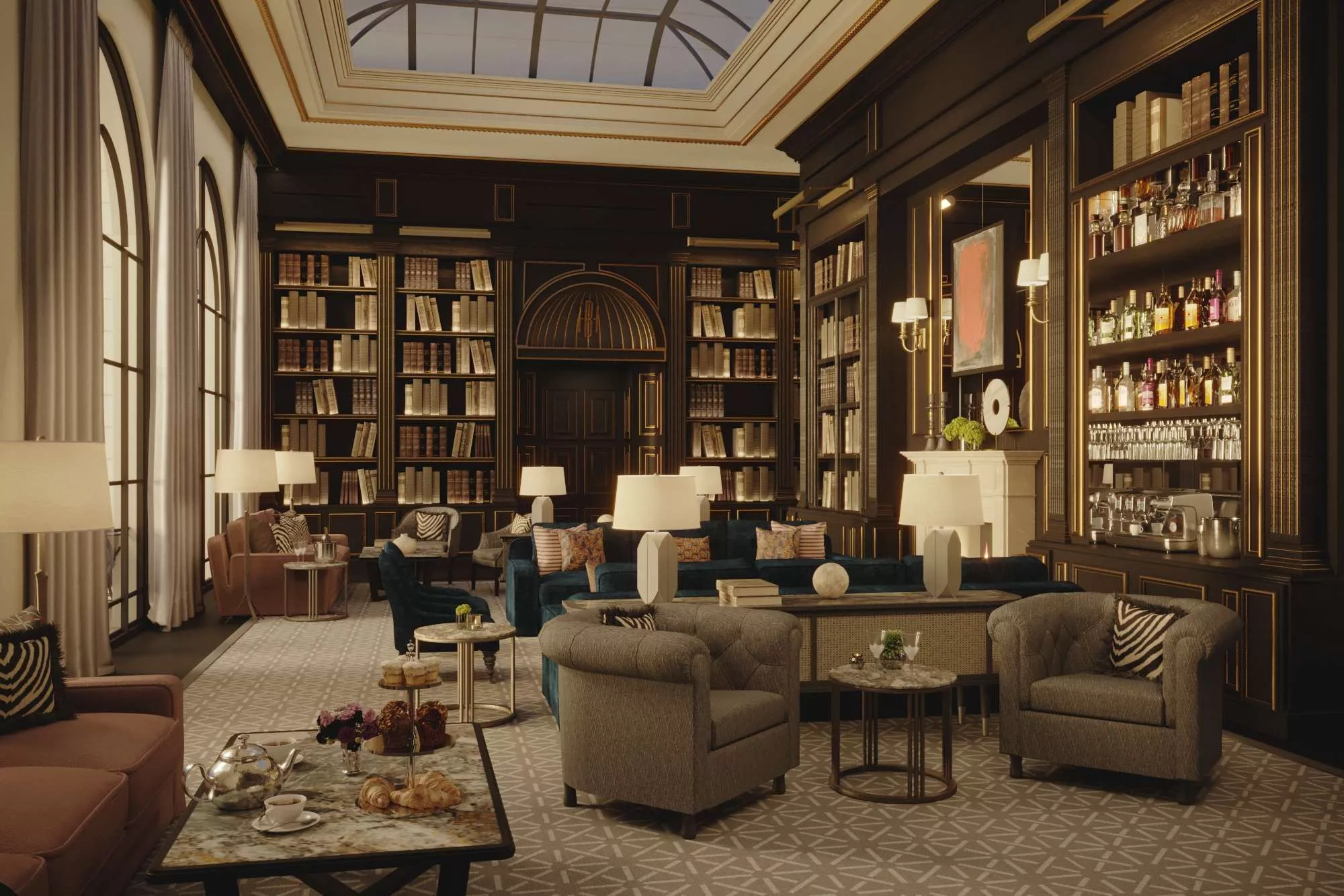
Just five years after the completion of the Belgrade Cooperative, on its right side, in a certain kind of architectural symbiosis, the magnificent Hotel “Bristol” was built, a symbol of romantic times at the beginning of the 20th century and the former center of fashionable life in Belgrade. After being left to the ravages of time for many years, restoration work on the facade began in early 2022, with the primary task of preserving the original exterior architecture and, to the extent possible, restoring it to its original state.
Restoration of the ornamental facade sculpture on the “Bristol” engaged 16 top artists and even three of the remaining five experts specialized in the field of sculpting in Serbia, and considering that the works are carried out in cooperation with the Belgrade City’s Institute for the Protection of Cultural Monuments, it is clear that this symbol of the late Belgrade Art Nouveau Style and the masterpiece of the ingenious Nikola Nestorovic will soon shine with the brilliance that has fascinated numerous famous and historical figures for decades.
Old Post Office
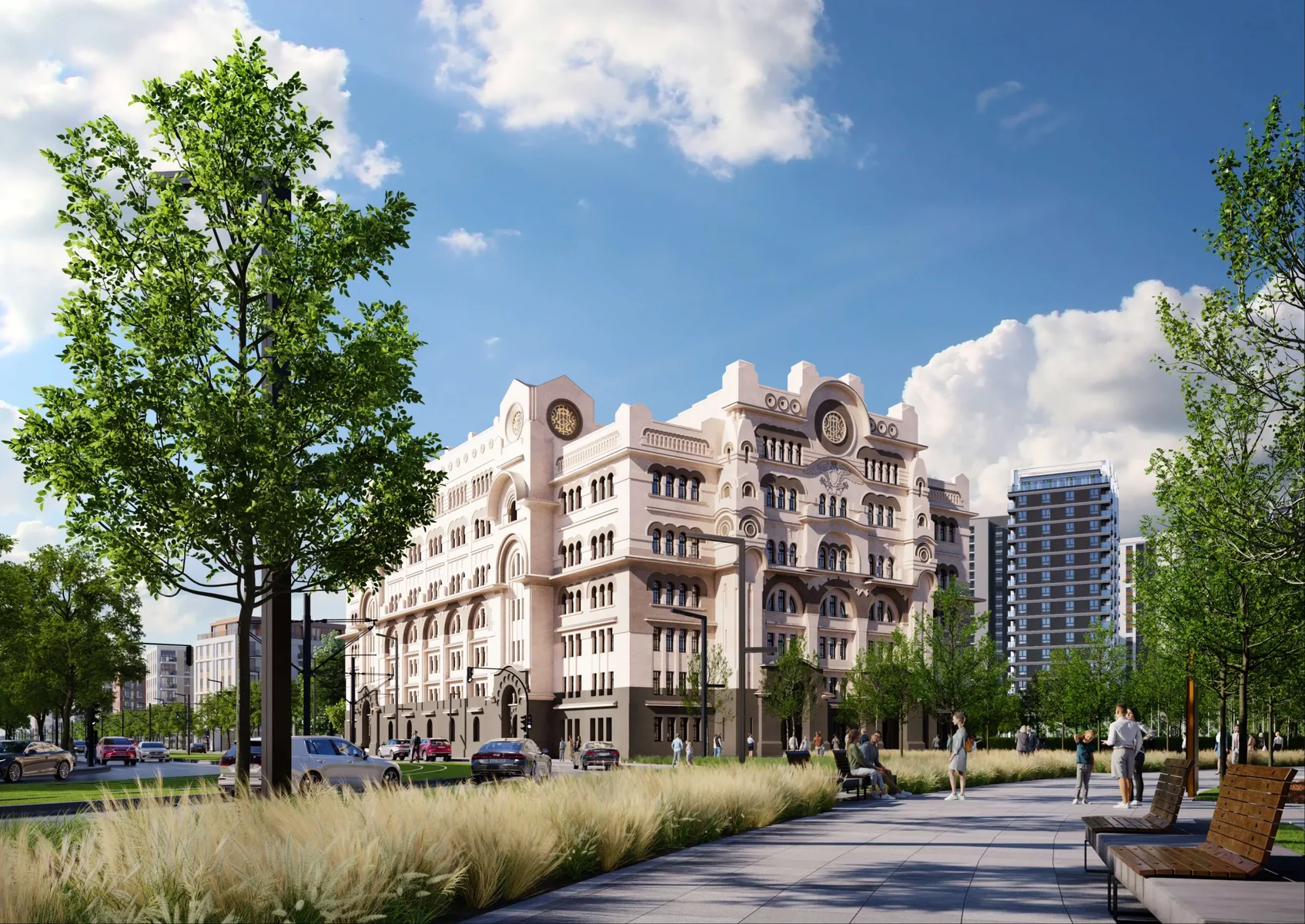
The building of the Old Post Office at Sava Square, built in the contemporary Serbo-Byzantine style, is one of those buildings in the capital that, due to turbulent historical disturbances, lost not only their original splendor but also their original appearance. The once fascinating edifice of pre-war Belgrade has today been reduced to a stripped, flattened, and shortened building in the socialist realism style, which bears no resemblance to the original design from 1929. In order to once again adorn the largest square in Serbia with the beauty and charm of bygone times, the masterpiece of the great Serbian architect Momir Korunovic, who is not without reason called the “Serbian Gaudi”, will soon be revived in identical proportions and with the sumptuous facade elements that adorned it until the Second World War.
Sava Square
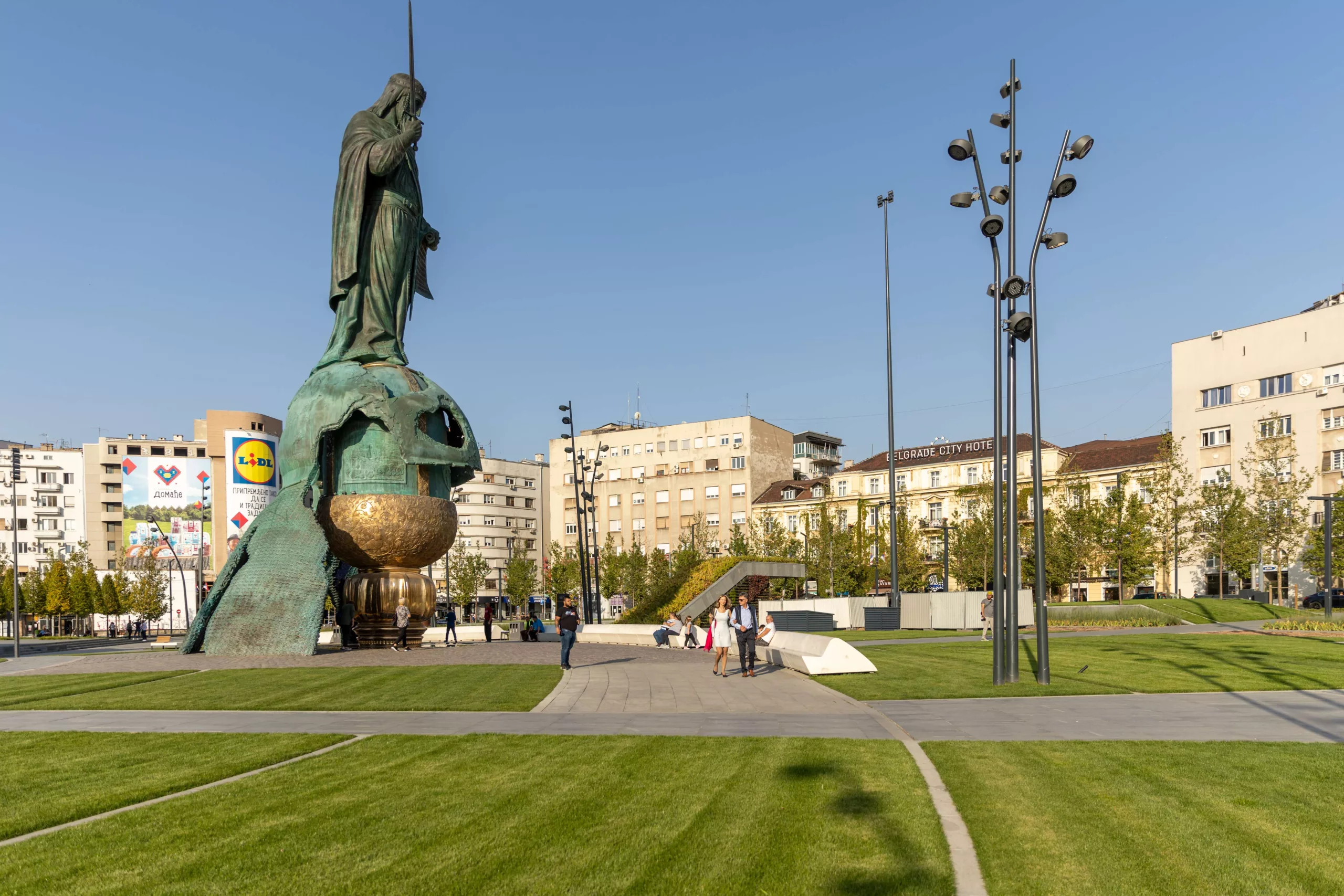
The once traffic-congested part of the city at the beginning of Nemanjina Street, where busy travelers barely passed each other when crossing the roads, today it is a modern, European square with a pedestrian zone of as much as 20,000 square meters, making Sava Square the largest in Serbia by area. The reconstruction was carried out based on the project of the Spanish architectural team “Fenwick Iribaren Architects”, with careful preservation of authentic historical layers.
By moving the roads to the edges of Sava Square, pedestrians have been left with significant space to enjoy another green corner of Belgrade, as in front of the former Main Railway Station (which will be converted into the Historical Museum of Serbia) 300 trees of various species have been planted. Thus, Belgrade has gained a new, green public space as a new gathering place, which will become an educational and cultural center of the city when the Old Post Office building gets a new purpose and becomes home to a children’s interactive museum and theater, and when in its hinterland not only the future metro station but also an educational campus consisting of the most modern state bilingual primary school and state kindergarten are built.

